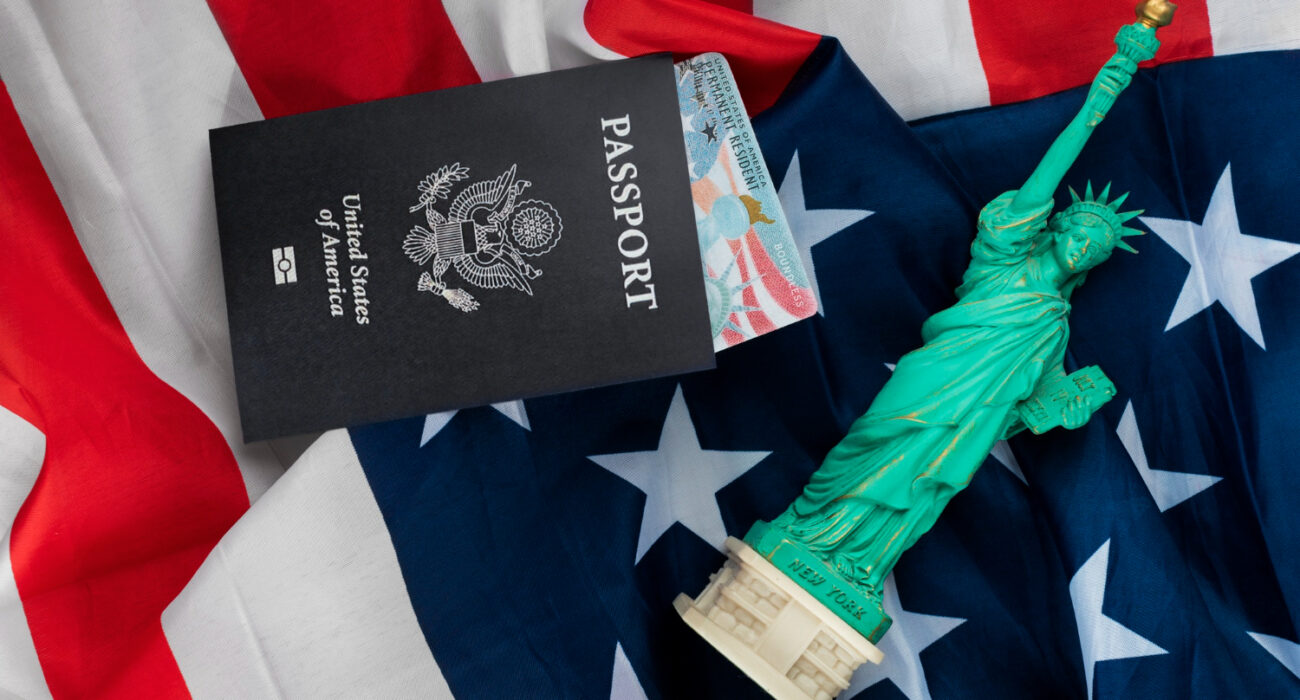What Changed Under Trump?
During Trump’s tenure, immigration policy saw major shifts aimed at tightening visa regulations and reducing legal immigration. The administration introduced measures to increase scrutiny on H-1B applications, including:

Stricter eligibility criteria: Emphasis on “specialty occupation” definitions became narrower, leading to more application denials.
Higher wage requirements: Policies pushed employers to pay higher wages, making it more challenging for some companies to hire foreign workers.
Increased site visits and audits: More workplace inspections added layers of complexity and fear among visa holders.
“Buy American, Hire American” executive order: This approach prioritized American workers and discouraged dependence on foreign talent.
Impact on Green Card Aspirants
For many H-1B visa holders, the ultimate goal is to transition to a US green card (permanent residency). Trump’s stricter policies created longer waiting periods and more uncertainties in green card processing, especially for applicants from highly populated countries like India and China.
Although these policies aimed to protect local jobs, they inadvertently pushed skilled workers to consider alternative destinations such as Canada, Australia, and Europe.
Current Scenario: Is the Worry Still Valid?
With the Biden administration, several of these restrictions have been rolled back or softened. The current policies focus on welcoming skilled immigrants and supporting US businesses in attracting global talent. Processing times are gradually improving, and approval rates have stabilized compared to the Trump era.
However, challenges remain:
Backlogs in green card applications still cause delays, especially in employment-based categories.
Annual quotas continue to limit the number of green cards issued per country.
What Can Applicants Do?
Stay informed: Regularly check updates from USCIS and trusted immigration consultants.
Maintain strong documentation: Ensure all paperwork is clear, complete, and meets current legal requirements.
Consider alternative paths: Explore options like EB-1 (extraordinary ability), O-1, or investment visas as backup plans.
Conclusion
While Trump’s immigration policies created real concerns and hurdles, the overall environment today is more welcoming for skilled workers. If you are planning to move to the US on an H-1B visa and eventually apply for a green card, it is important to work with reliable immigration professionals and stay proactive.




22 Comments
Dice games are fascinating – the math behind them is surprisingly complex! Seeing platforms like superph11 cater to local preferences with options like GCash is smart. It’s cool how they’ve built a whole “club” vibe around gaming – definitely a cultural shift happening!
Immersive live dealer games are so engaging! Seeing data-driven platforms like JiliBoss prioritize transparency is a huge step forward. Curious to explore more – checking out the jiliboss download to see how analytics enhance the experience! 👍
That’s a solid take on the current meta! Seeing platforms like bigbuny club prioritize responsible gaming & localized payments is huge for the PH scene. Good stuff for esports fans! 🚀
Interesting points about responsible gaming! Platforms like bigbunny ph casino are prioritizing secure environments & data analytics-KYC is key for trust & smooth transactions, it seems! Good to see innovation here.
Smart bankroll management is key, especially with so many options now! Seeing platforms like bigbunny ph app focus on data & security is a good sign. Remember to verify accounts & set limits!
Interesting take on risk management! Seeing platforms like bigbunny ph game offer data analytics really changes the game – transparency is key for informed betting, right? It’s cool to see KYC verification prioritized too.
Interesting read! Understanding game patterns is key, and platforms like sz777b club seem to be leveraging that with their analytical tools. Bankroll management is always crucial, too! Good insights here.
It’s great to see platforms focusing on responsible gaming! Understanding game patterns – like SZ777B’s analysis – can empower players. Remember to set limits & enjoy! Check out sz777b vip for more insights & resources. Play smart, stay safe! ✨
Really insightful article! It’s great to see platforms like sz777b casino focusing on strategic analysis – understanding RTP & variance can really help players enjoy responsibly. A balanced approach is key!
That’s a great point about accessibility in shooting games! It’s cool to see platforms like legend link maya focusing on easy registration & local payment options – makes getting into the fun so much simpler for PH players! 👍
Great article! It’s smart to highlight ease of use – crucial for new players. I noticed legend link slot offers quick registration & local payment options like Maya, which is a huge plus for PH players! Definitely simplifies getting started.
Really insightful article! The convenience of platforms like legend link online casino, with options like GCash, is a game-changer for Filipino players. Easy registration is key, too – quick access to fun is vital! 👍
I’ve used several AI tools, but AI Hug Video stands out for its smooth image-to-video conversion. It’s a great time-saver for creating engaging content quickly.
Great article! It’s fascinating how tools like Image To Video AI are reshaping content creation, making it faster and more engaging with just a few clicks.
It’s fascinating how AI is reshaping creativity-tools like AI Image to Dance Video Generator turn stills into movement with just a few clicks, making content creation both faster and more dynamic for marketers and creators.
It’s great seeing platforms prioritize responsible gaming! Transparency, like OrionPlay’s RTP data, really empowers informed decisions. Checking out orionplay online casino – quick registration & easy PHP deposits sound convenient. Let’s all play smart! ✨
Interesting analysis! Seeing platforms like orionplay legit prioritize RTP transparency is a huge step for informed betting. Real-time data could really shift strategies, plus the quick registration sounds efficient!
That’s a solid point about team form impacting live betting! Seeing platforms like orionplay slot publish RTP data is a game-changer for informed decisions, especially with so many providers available. Transparency is key! 💯
Lodi777com, man, this site’s got some sweet games! I was kinda skeptical at first, but now I’m hooked. Give it a shot, you might just win! Check it out here: lodi777com
For all you APK lovers, check this out, got the lucky101apk. Seems stable enough so far. Download link here lucky101apk. Tell me if it’s any good!
That’s a fascinating point about game probability! It reminds me of tools like Space Logo AI – instantly visualizing concepts is a game-changer, no design skills needed! Really opens up creative possibilities.
Great insights! It’s refreshing to see platforms like tyy.AI Tools making AI more accessible. Their AI Business Ideas Generator is a smart way to spark innovation without the guesswork.